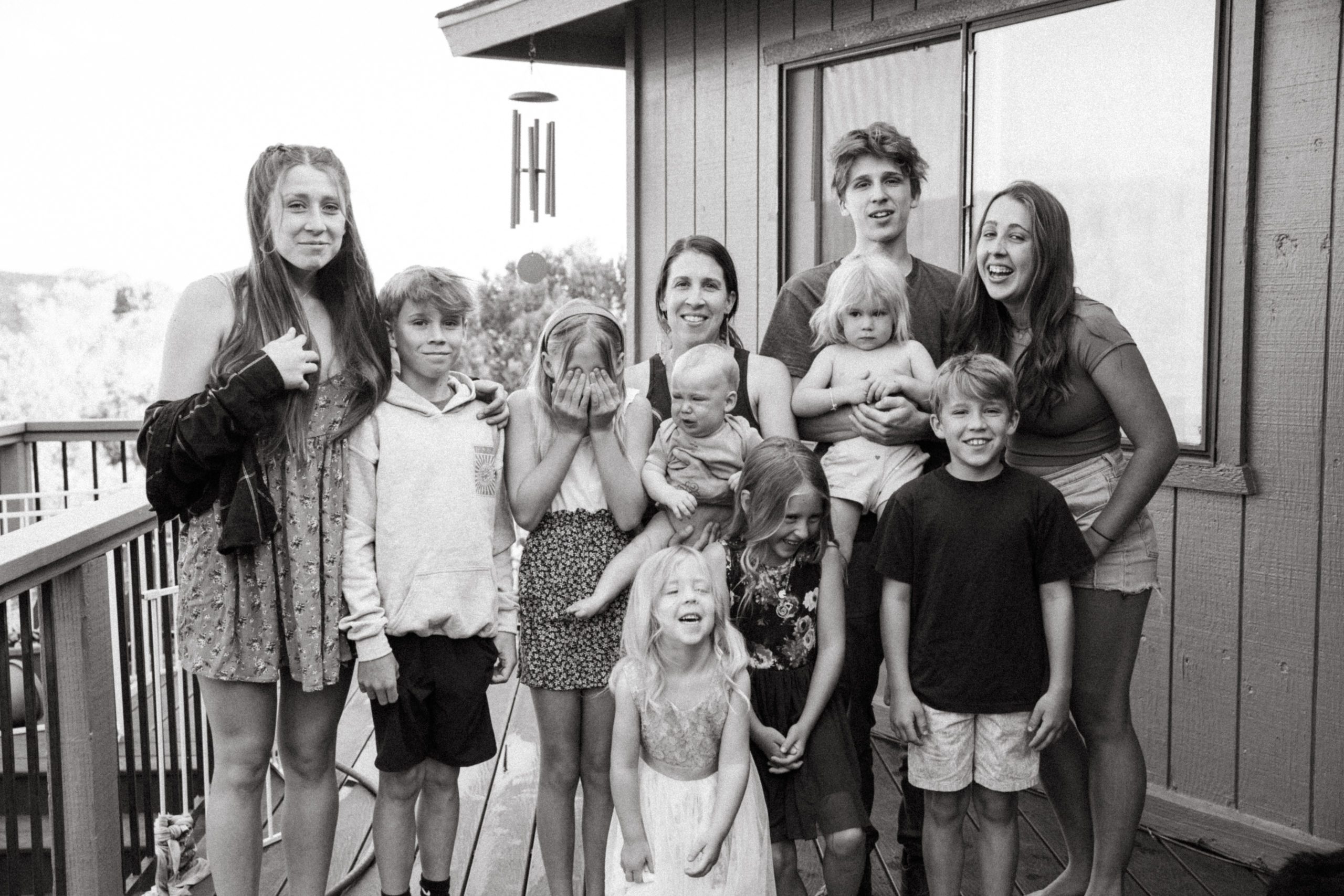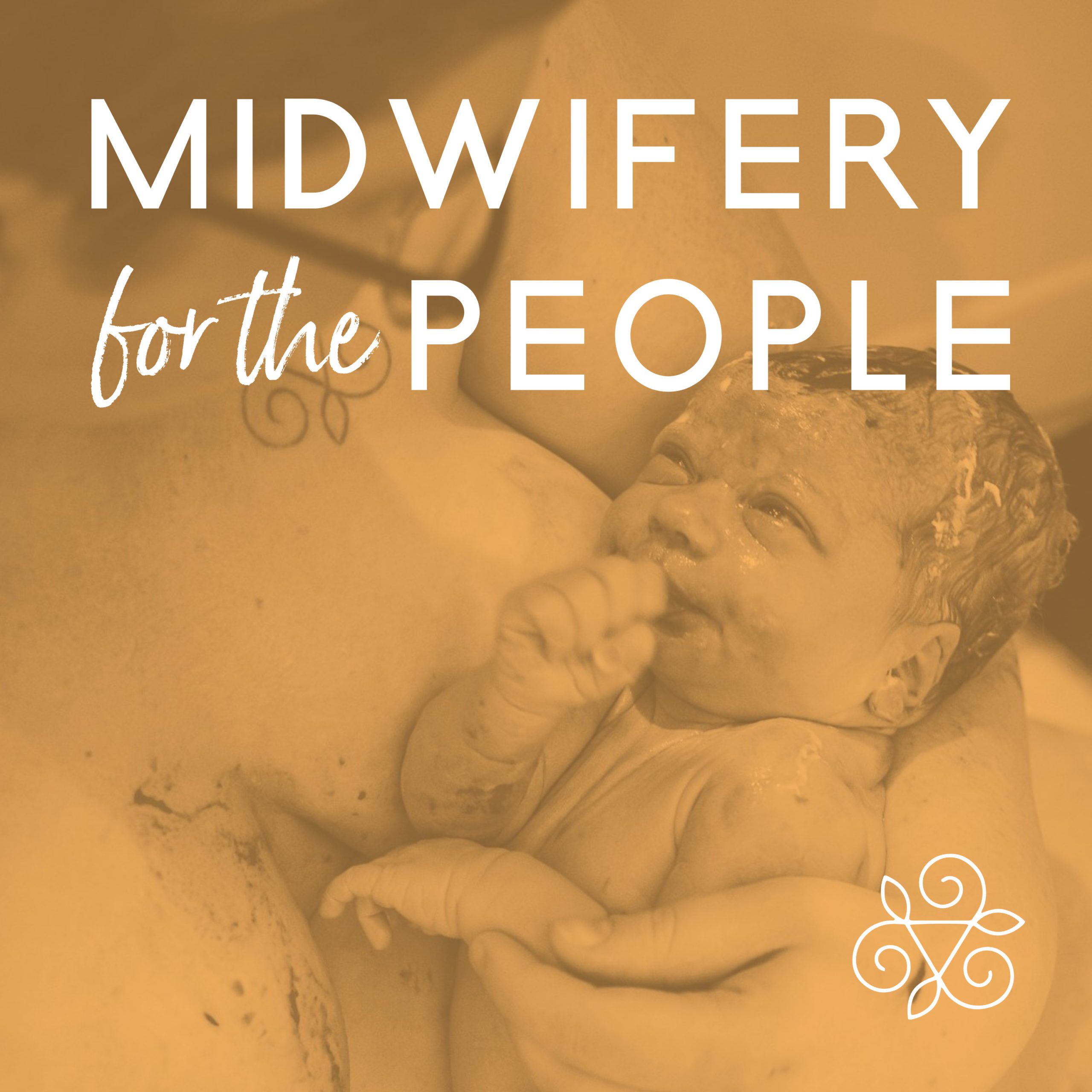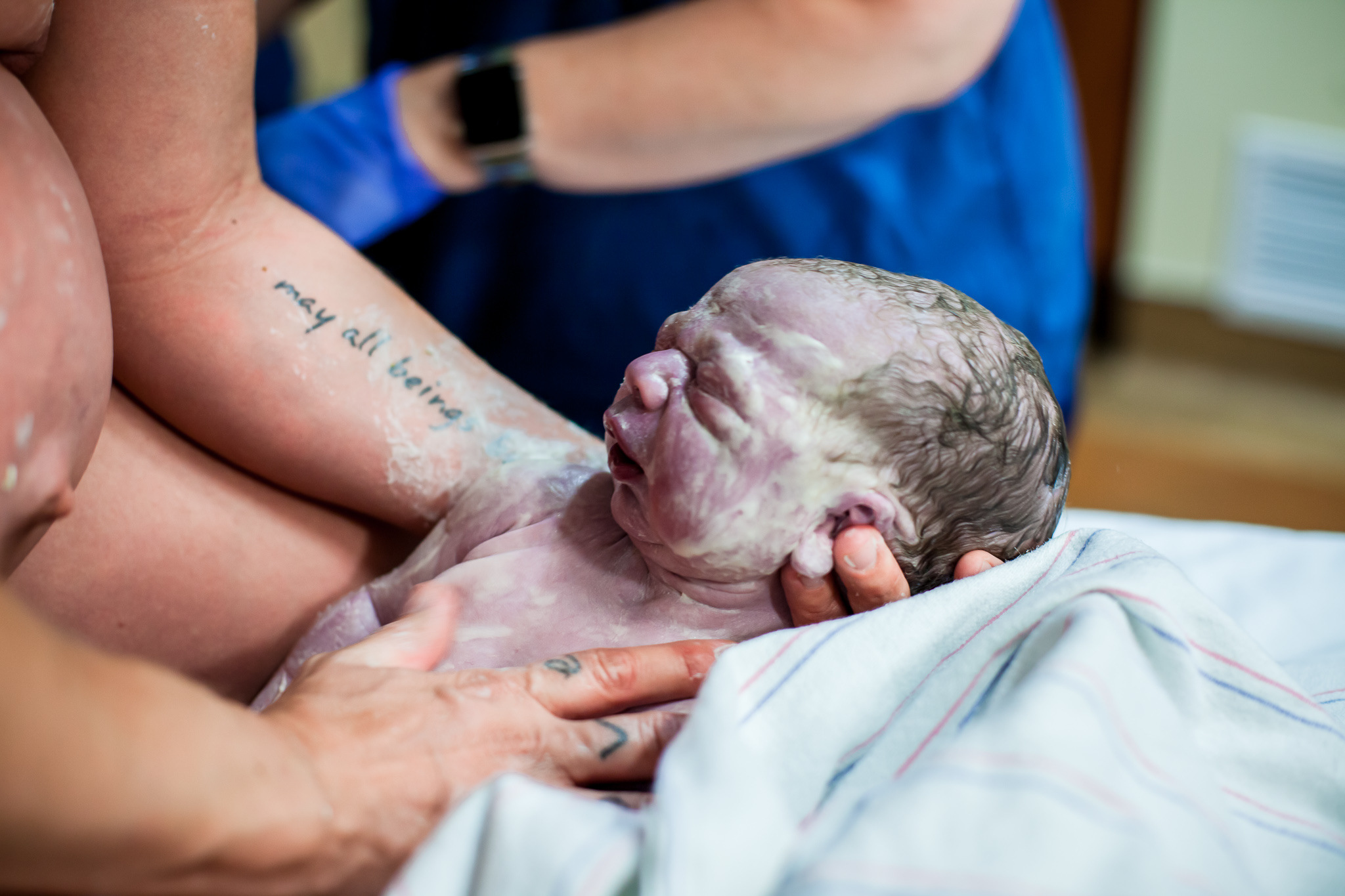Birth photography is booming, and we are seeing more and more birth photos of all varieties circulating online. Jenni Goldman, an incredibly talented photographer and Indie Birth Trustee, has come along to some Indie Births, and her photos are truly awe inspiring. They have created dialogue and discussion, and have served as educational tools for thousands of people already (and we’re just getting started!). This is all to say that I believe that birth photography has the potential to be very powerful as we reshape what birth looks like, and share that image publicly in a way that really hasn’t been done in the past. Birth photography is political – we can analyze and understand these photos as visual sociologists (isn’t that fancy? well that’s what you’re doing!). Birth photos are a way that we can learn, teach each other, get better at what we do, and gain a new perspective on what birth does look like and what it could look like. I think it is crucial that we share more photos of undisturbed, un-interfered with and mother centered births so that someday THOSE will be the norm, and so that people all over the world can see what is possible.
As with any medium, birth photography can also spread misinformation, or a vision of birth that is something other than ideal, and I often find that the discussion happening around these photos is lacking, usually because everyone is afraid to hurt the mother or midwife or doctor’s feelings. We have to remember that birth photos mean one thing to the parents and their friends, but in the public sphere, it is no longer about that individual, it is about what the photo represents, and what it means as a representation of the larger culture of childbirth – if that isn’t what you want, then please think twice about sharing your birth photos publicly!
So here is a short list of things I look for or think about when I see a birth photo or a slideshow of birth photos. This isn’t about judging anyone’s birth choices, or any photographers’ framing of the scene, it is about developing our tools of analysis next time a birth photo slideshow shows up in your facebook feed so that we can help each other move towards a world full of better births.
1) How many hands are in the photo?
This is one of the first things I notice, especially for close up photos of the actual moment of birth (how exciting!!!). There should really be one pair of hands, maybe two in the vicinity of the baby, and those are the mother’s hands, and perhaps her partner’s hands giving additional support to the mother, or catching the baby if the mom is in a position which makes that difficult for her. It should be a very rare occasions that a midwife or doctor actually needs to “catch” the baby at all. I’ve been sort of flabbergasted by the responses I’ve gotten from friends and family when I’ve told them (or shown them photos!) that most births I’ve been to have been births where the mother receives her own baby. This should not be shocking or surprising, and is one of the reasons that photos depicting mother’s “catching” are so powerful. Changing the image of a doctor delivering a baby to a mother receiving her own baby is one of the simplest and most powerful changes we can hope to make, because from that point of understanding, people are ready to start taking responsibility.
2) Who is at the center of the photo?
This is a basic question universal to analyzing all kinds of different cultural artifacts (movies, advertising, short stories and novels, etc, etc). The person or object at the center of the photo is really what the photo is about – they are literally the focus in photography. This can be simple, as in, who is in the middle of the photo, or more subtle, as in, who in the photo are we supposed to be looking at. Is it the mom? The baby? The nurse/midwife/doctor? The partner? The fetal heart rate machine? In a slideshow, the photographer will likely be taking photos of the other people involved to capture the essence of the day, but I think it is a great idea to ask yourself, who was in the center the MOST? And how often is the photographer able to photograph JUST the family. The mother, partner and baby should be the focus of almost all of the photographs. If I had to pick a percentage, I’d say that 95% of someone’s birth photos should be of only the family, and it should not be difficult to get photos without the “care providers” in them. That is a good sign that everyone involved (including the photographer) understands that the birth experience must be led by mother and baby. Everyone is there to serve them, and they have all hopefully checked their own egos at the door.
3) How are the people in the photo relating to each other – is someone above or below?
When there is more than one person in the photo, this is a great question to ask yourself. How are these people relating to one another? Do they look like equals? Is one person literally or figuratively looking down on another? Is the photo skewed/tilted to make it appear as if they are even, when in reality (just tilt your head to make the angle correct) one person is towering over the other menacingly? Does anyone look scared? Angry? Impatient? Is the mother looking joyfully at the fetal heart rate monitor, completely disconnected from her own sense of how her baby is doing? If I had a penny for every time I saw a truly beautiful birth photo that on further inspection showed a very uncomfortable, or disturbing, or possibly aggressive situation, I’d have a whole lot of pennies. Who is in charge? Who has the power? Where is the mother’s attention? Is the physical space being treated as the sacred space it should be or are people loitering, laughing, playing cards, watching TV? Look beyond the aesthetic beauty and quality of the photo and probe a little deeper.
4) What technology is present in the photo, where is it positioned, and what is its role?
This seems pretty self explanatory. If it isn’t, or you are just learning about some of this stuff, find a birth slideshow you love, and make a list of all the different objects you see as part of the process – the birth pool, an oxygen tank, a hand held mirror, bulb syringe, IV bag, etc, etc. Write down everything from low-tech to high-tech. Then look at another slideshow and do the same thing again. Start getting familiar with what technologies you see in which birth settings. Research why they are there or may be being used. Are there things that show up over and over again, even in homebirths, that aren’t evidence based? This brings up so many questions, and hopefully provokes the viewer to do some research.
5) What ISN’T shown in the photo? What has been cropped out, what has been censored?
This is a great question, especially when the midwife or doctor is promoting photos of births they have been to. The other part of this question is about the “realness” of the photos, beyond just the family’s modesty and preference for what has been released to the world. Are all the photos just lovely portraits during labor, and after the baby is born? Are the parents “posing” or are the photos reflections of what labor and birth is really like. Not everyone wants to share photos that are bloody, messy, or nude, but there should still be photos that show the raw intensity of labor, otherwise, the whole slideshow is just a strange posed photoshoot, with very little use when it comes to reeducating people about the birth process.
What do you think about birth photography? Have you ever hired a birth photographer? Do you have any favorite birth photos you’ve seen?






Well said!
Ahhh birth photography one of the few undisturbed birth interventions that I remain indecisive about! I loved this post as it seems to be a lone voice in a sea of birth photography enthusiasts. I have had similar thoughts while watching birth videos and even whilst reading (or listening to) birth stories.
The more I learn about truly ‘free’ and unhindered birth the further I reduce my ‘consumption’ of such forms of birth documentation media. Ever increasing elements of these photos and videos either concern or outright disturb me. This phenomenon of professional multimedia home and ‘unassisted’ birth documentation sadly often reveals the subversive medicalisation of these supposedly out of the medical system births.
I feel that we should not only be questioning what we see in the finished publicly shared product but whether birth should even be captured in the first place. I can’t help but wonder if professional birth documentation has a negative affect on the physiological birth process therefore causing some of the issues you have identified above in most of the modern birth photography shared on social media nowadays.
Perhaps not all photography is bad. Maybe some of the negative affects could be minimised if births were documented by non professional, trusted and freely selected birth companions? I do not know. Part of me loves the concept of changing our collective image of birth by sharing beautiful birth images. I have seen first hand how effective and (consequently) desirable they are. However, are varying amounts (and severity) of disturbance to ours births the price we unknowingly pay for such documentation and eduction? Hmmmmm….
Apologies for the essay, these are some of the thoughts that have been buzzing around my head for a while as there do not seem to be many (or any) appropriate forums to discuss these types of things. Thank you for your blog (and podcast!) and everything you share, it is much appreciated in a seemingly internet desert of liked minds.
Thanks for a great, well thought post! I love the points you raise, and have thought through many of them myself. I agree that we have to question whether or not birth photography disturbs the process (I think the answer is almost always yes). We talk about this with mamas that are planning on having a photographer there, and try to create the group dynamic beforehand so that at anytime during the birth process the parents can feel free tell them to take a hike (just like anyone else who has been invited!). I don’t think that is right for everyone, and I think that there is inevitably at least a small amount of disruption, as with anyone being in the space be it doula, midwife, mother-in-law, etc, etc. But sometimes, for the right people, they decide that tiny amount of disruption is an ok price to pay when they want to trade it in for beautiful photos as well as the opportunity to shift the larger culture with sharing them. It is a tricky discussion, but I’m so glad to be having it! What do you think?
– Margo
This is a very interesting essay. I came to birth photography because I was making a photo documentary body of work about cultural systems of belief in birth in Rhode Island. As part of the process I became a birth doula and started attending births in that capacity. I sought in my work to examine the very concepts you discuss here. Although I do photograph births professionally here in RI, I feel that there is a weight of responsibility for birth photographers to pay attention to the very ethical and conceptual ideas addressed here in your article. You can read about my project here: http://www.lisagendron.com/artist-statements-2/
Although I am grateful for wonderful birth photos that first-time pregnant parents can look at to be inspired and to alleviate fear, nevertheless, I am becoming more and more aware that the photographer is external to the task of either supporting the mother or staying out of her way. I find most of the mothers I attend now don’t really want photos until after the birth. It really can be quite intrusive, even if the mum doesn’t register that at the time. Like all technology, the camera or even the phone (nothing worse than a birth “supporter” texting during the labour), takes the attention off the most important person in the room and disperses the energy, in my view.
I think that birth photography is right for some moms, not all. For some moms it would change the energy and create distraction. For others, it would let them relax knowing that their special moment was captured to look back on. For myself, my first birth didn’t have anyone but my mom taking photos. The photos are horrible and she didn’t capture most of the labor, even though she was there for all of it. She only captured the actual birth and not very well. Now, three years later, my memories of the birth and labor of my first born are getting foggy and I would love to have photos to look back on.
For my second birth I knew I wanted an actual photographer there. I was having a homebirth (my first was an independent birth center birth) and it would just be me, my husband, my midwife, my son’s support person, and the photographer. I did not want my husband to have to take photos since he needed to be in the moment. My second labor was extremely fast and I am forever grateful that my photographer captured amazing and heartfelt photos for us. I carefully picked my photographer for her style and her “out of the way” presence. She had also had a homebirth with my midwife less than a year before so she knew what to capture and was comfortable with my team.
My point is that we can not condemn all birth photography simply based on the experience that SOME women find it distracting or that SOME photography focuses on the “wrong” things. For some mothers birth photography helps them relax and zone out, knowing that their day is captured and they can look back on it. I was more able to be in my own head, especially as I caught my own baby, because I knew that my photographer wouldn’t let me forget this special moment later.
Hi! I’m a birth photographer who photographs mostly home births, and have worked alongside many of our area Midwives, each of whom have their own energy and methodology and philosophy and training background. It’s been incredibly interesting to witness each of them in action. The one that I work the easiest with is my own midwife, not surprisingly. It works well for the birthing mamas when she and I team up because we have a similar perspective on birth, approach it similarly (unobtrusive, hands off, giving space) and communicate well. Being able to share the images after an I disturbed birth gives me a lot of joy as I know I’m helping contribute to changing our cultures view of birth! But sharing images from births that were higher tech, more directed, or medicated (as in hospital settings) I would sometimes rather not do because it doesn’t show what birth should be. I’m rambling now, I fear. But thanks for these criteria/questions. I’ll be carrying them with me as a birth photographer, as well as when i begin my own journey to becoming a midwife and discerning what role (if any) my camera will have in that journey.